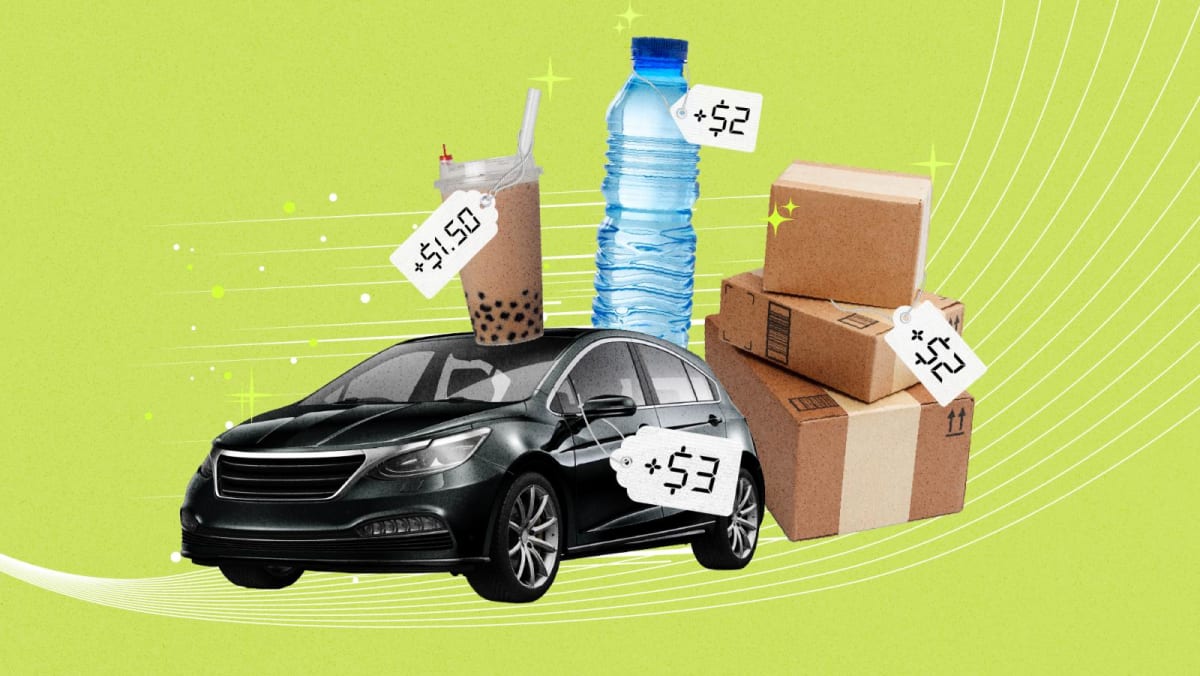THE CONVENIENCE PREMIUM
Not too long ago, grabbing a meal meant either cooking it at home or taking a short walk over to the nearest hawker centre.
Today, we get our food delivered with a few quick taps on our phone, paying at least 20 to 30 per cent more just to save the effort of cooking, walking or queuing.
In a 2022 survey by food delivery company Deliveroo, more than 60 per cent of Singaporeans said that they used food delivery services more regularly, compared to the time before COVID-19. Singaporeans were also spending more on such services: S$108 a month, a 62 per cent increase from S$67.54 in 2019.
Convenience has become increasingly monetised in Singapore. It is now packaged and priced into nearly every aspect of our daily lives, with merchants and service providers bundling their offerings in strategic ways to charge us more.
We see it in ride-hailing applications with premium surcharges during peak hours and same-day courier services. Pay more for “express delivery” or wait longer, perhaps hours. No one likes to make that frustrating decision.
The rise of a convenience culture means that we are often paying not for a better product or service, but simply for faster, easier access to the same thing.
This has quietly shifted our spending habits. We’re no longer evaluating the prices of products and services based on their quality or value – we’re simply measuring how quickly or effortlessly we can get what we want.
As more services capitalise on this mindset, the cost of living inevitably creeps up not just through inflation, but through the silent premium of convenience.
